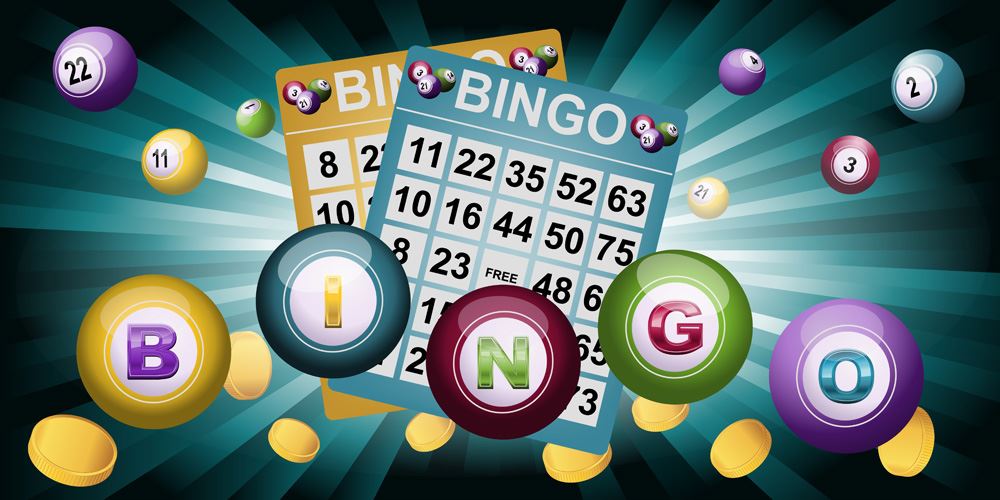If you know me, then you know I spend half my life (seriously, almost not an exaggeration) at my local Infrared Hot Yoga Studio, Oxygen Hot Yoga and Fitness. So I thought I'd do some research on infrared radiation and what the benefits are besides the fact that I get really disgustingly sweaty.
What is Infrared?
InfraRed is a type of energy radiation at a level below what our eyes can register, but it's what we commonly know as heat. Far Infrared, which is the type commonly used in infrared saunas and fitness studios like Oxygen, has a much longer energy wavelength than anything we can see, and is typically longer than the radiation from the sun and definitely longer than harmful types of radiation such as gamma rays, x-rays, and UV rays. Infrared heaters are different from typical heaters in a sauna because they work by emitting radiant heat as opposed to heating the body through air or steam. Basically infrared radiation is similar to sitting in the sun minus any humidity from the air and minus the UV rays that cause cancer.
What are the benefits of Infrared?
- Far Infrared rays have the ability to penetrate the body, going deep into the tissues, muscles, and bones. Traditional saunas that heat the air, warm the body from the outside. Scientifically speaking, this helps to dilate the blood vessels, and increase blood circulation causing toxins to move to the surface of the body and be released as sweat.
- Because the Infrared radiation heats the body from the inside out, the body organs are heated causing them to increase their rate of activity, thereby increasing the overall metabolism of the body. Increased metabolism = increased weight loss.
- The heart is also an organ so increasing blood flow to the heart increases cardiovascular health without increasing blood pressure (the vessels are all dilated so even though the blood is moving faster there is less pressure overall).
- Infrared radiation penetrates into the muscles helping them to relax, bringing about a sense of stress-release. For those, like myself, who do yoga or stretching or even massage in this type of environment, the benefits are immediate because the muscles can stretch out further with less damage.
- Increasing blood circulation means more nutrients get delivered to your skin. Many people who frequent infrared environments remark about the improved appearance of their skin. Additionally, many people with moderate to severe acne are often treated with UV radiation which is harmful, but treatment of acne with infrared light can have the same effects without all the damaging UV light. This study showed an improvement in acne for all patients who were treated with infrared light.
- In addition to increasing the body's metabolic rate, infrared radiation helps to increase the flow of the digestive system causing an increase in...ahem, waste removal. Not surprisingly, Infrared is commonly used to treat those who suffer from severe constipation.
- For those who do any kind of fitness in infrared heat, there is a lot less damage to joints and tendons because of the increasing blood flow there is less pain and increased mobility. This can be fantastic for anyone who suffers from inflammation of any kind including arthritis, tendonitis and bursitis.




























